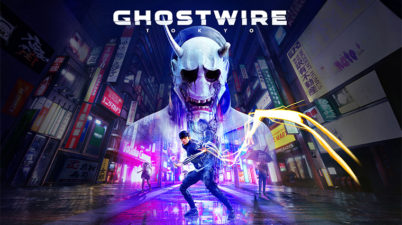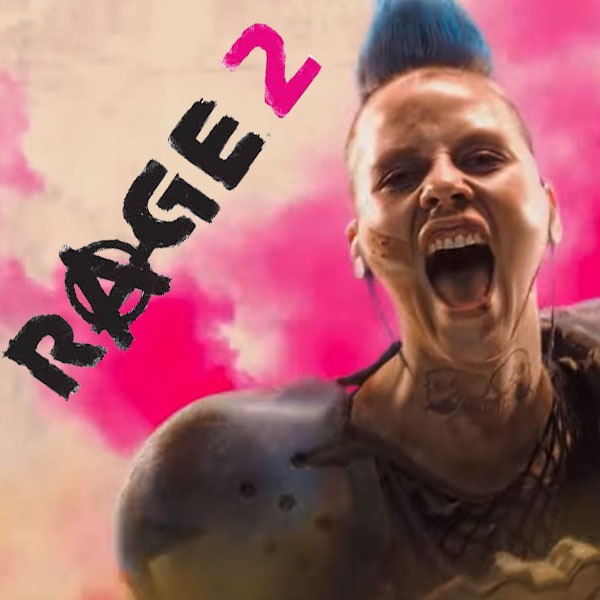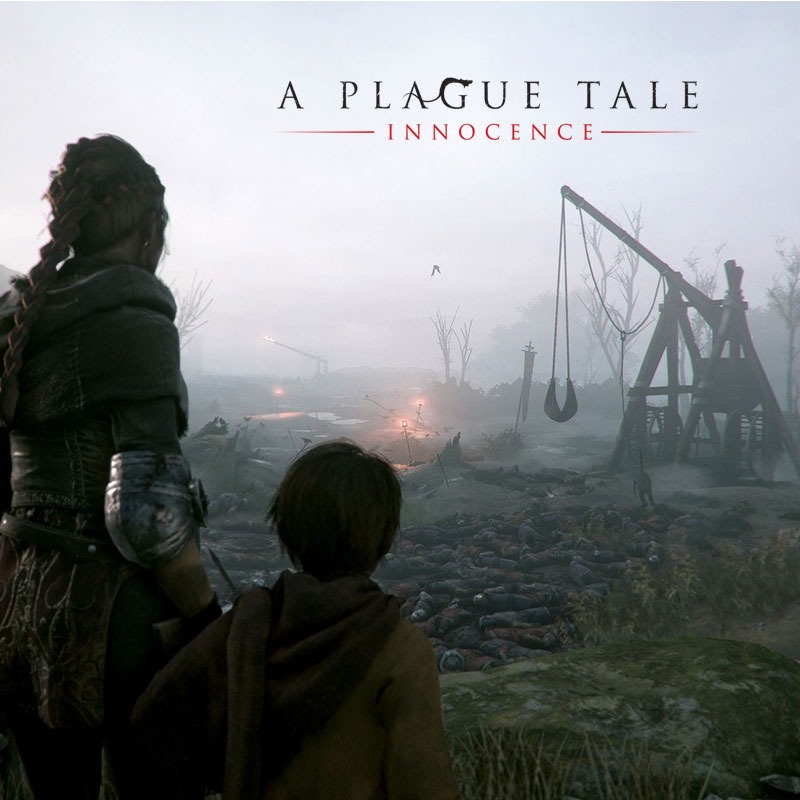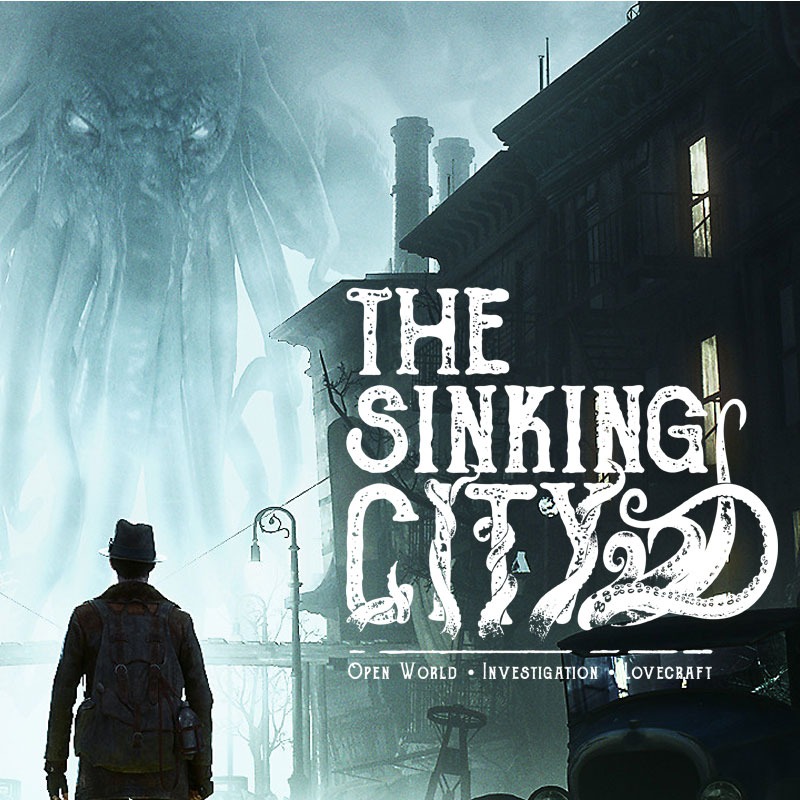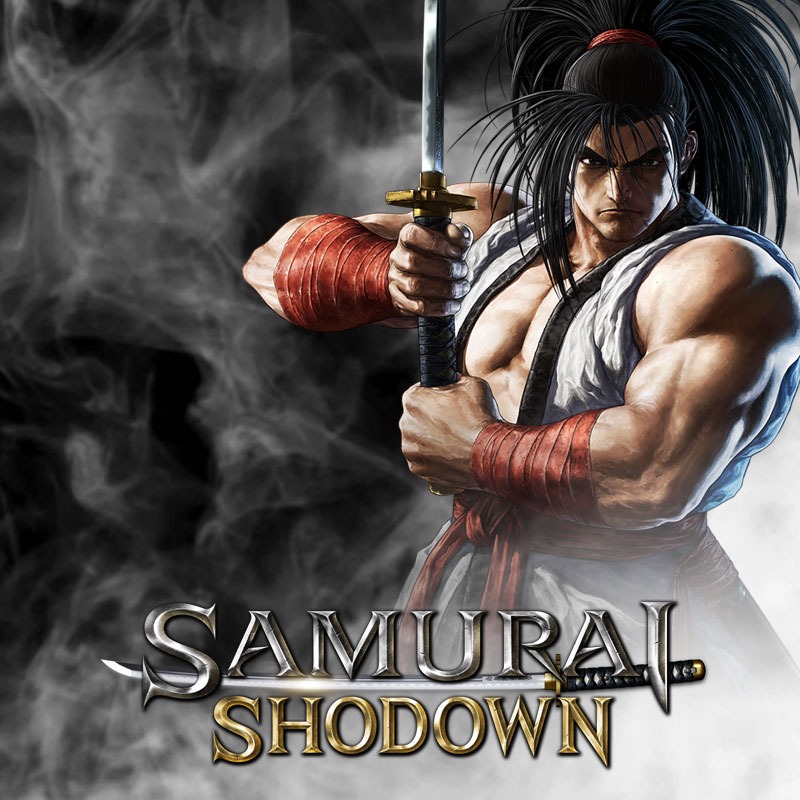Ghostwire: Tokyo game is a first-person paranormal action-adventure video game. It has flashy gameplay with good combat scenarios but little verity. The idea of its spell combat is great, but the execution and lack of harmony in combat are not good. There is no melee combat which makes the situation even worse. The game has stylish combat with some of the best hand signs. Casting spells and taking down enemies feel good. All of it falls apart due to the lack of spell combinations. Using spells in first-person perspective is good and feels like a scene from anime. The lack of proper combat strategy makes all of it seem bad.
Neon flashing lights and the recreation of Tokyo are good. However, the lack of interaction with the city leaves much to be desired. It is an open-world experience that offers little exploration. Each district is unique that offers a good variety. Later on, players will realize that all of it is nearly the same. The story is also not that good and feels like an afterthought. The lack of decent main and side characters makes it feel like a void world. Combat does not offer ideal use due to the lack of proper moves but it looks good. Ghostwire: Tokyo game has the potential and the resources but the lack of proper execution drags it down.
Premise (Spoiler Free)
You play as Akito who is possessed by the spirit of a detective named KK. The plot is simple, KK and Akito must find the mysterious masked man who wants to take over the living world. He has also kidnaped Akito’s sister which gives his motives a personal touch. Everyone has vanished from Tokyo due to the ritual. Akito died but was awakened thanks to KK whose soul now resides in him. It gives Akito magic abilities that let him do some cool stuff. He uses these powers to save everyone including his sister.
The story is not that exciting but the ending is decent enough. It is touching but the underdeveloped characters can get in the way. It’s not that story is bad it is just good enough and stable. Ghostwire: Tokyo does not have that high stake vibe or emotional connection. It is just a game with a decent story that is there to support its existence.
Narrative
The story is decent but not the best. The scope of it is small and the presentation is also not that good. Most of the story is told through voice-overs, phone calls, and static cut scenes. Dialogues are also not that good and, feel like it is just trying to make the ends meet. The constant interruption of cut scenes can break the flow. It is the type of game where you will see a cut scene after 15 or 20 minutes. It can break the narrative and disturb the gameplay sequence.
There are no choices to make or any complicated story arcs. Writing is not strong and becomes predictable as the game progress. There are only a few characters and they are not that interesting. The game is short so the characters don’t have time to develop. Even though the characters and story are limited, it is still not that shallow. Ghostwire: Tokyo is just too basic with not many complexities.
Late in the game, there is emotional storytelling. The lack of complexity makes it feel shallow since the characters do not have time to develop. It is not a horror game but rather a game with neon sparkling lights and open-world Tokyo. The world is good and paranormal elements are done well. However, it is not a scary game and this much is clear.
Progression
Most of the game revolves around opening Torii shrines which will unlock more parts of the map. Fog will cover part of the map and opening Torii Shrines will eliminate this fog, unlocking more of the map. You cannot go inside any building and there are very few people to talk to. There are only three to four main characters and no minor lead characters.
You cannot go inside any building unless it is related to a quest. Stores are the only locations where you can get inside. There are some frustrating moments in the game. In such moments KK and Akito are separated, resulting in Akito losing his abilities. The story presentation is outdated.
Setting
Ghostwire: Tokyo game takes place on a small open-world map of Tokyo. The recreation of Tokyo is good and everything is creepy looking. There are different districts and each one of these districts has a different feel to them despite sharing traits. You can still find a lot of similarities between the districts through the copy-paste assets. The city is empty and you would need to explore it on the foot. Do not expect any motorcycle ride as it is just part of cut scenes. There are some spooky-looking locations and that’s where the game shines. You can find some cool stuff in the open world but there is not too much to get into.
You can only go to interiors in the main missions. Most of the interiors are trippy hallways and cramped similar-looking hallways. The slow movements of Ghostwire: Tokyo game makes you feel boxed in. There is no sun as it is always night in the game. All you see would be a city glittering with neon light. It would have been fine if there were many biomes but that is not the case.
Some of the side missions can show you cool places that you might otherwise miss. Play side missions and explore to level up, that is the structure of the game. There are some urban legends with good horror vibes. There is not much to explore as most of is about leveling up. More interaction with the surrounding could have made it better.
Missions
Ghostwire: Tokyo game is five to eight hours depending on the difficulty. It is linear and short that is set in a small open world. As you clear the fog by opening more Torii gates more side missions and collectibles will appear. A large part of the side activities is collectibles. There are a lot of them, doing all side missions and collectibles can stretch it to 20 hours.
There is one mission in which you stand on a bridge and snipe enemies with a bow from distance. You have to prevent the life of KK from reaching zero. Controls of the bow are pretty stiff and it can be a frustrating experience. The bow is one of the few weapons that you can use in combat.
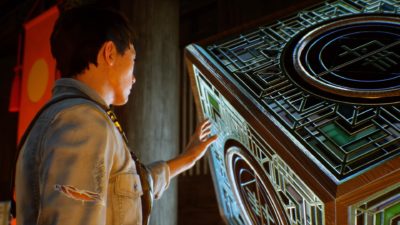
Side Missions
You can find different side missions on the map. There is no activity on the map other than collectibles and repeatable side missions. Side missions are not that good as they are short and dull. Most of the time, it is a small task by a faceless ghost on the map. These side missions usually include searching for something using detective vision, fighting ghosts, and things like that. Finish that task and get the reward in form of some cash and XP.
Most of the side missions are similar. You would need to follow someone or follow signs. There is too much reliance on following sign trails. Use detective visions to see signs around you and reach your destination.
Most side missions are not interesting but some of them are good. These good side missions are tied to minor characters. These missions are even multi-step similar to Ghost of Tsushima. Some of the side missions are pretty stupid. Aside from a couple of them, these side missions are forgettable.
Combat
Combat is stylish but there is not much variety. There are three different elemental attacks fire, wind, and water. You can charge them by holding the trigger key to do more damage. There are also parry and block mechanics.
Most of the combat is about stepping back and attacking with spells. There are no dodging or evasion mechanics. You just need to step back and attack which is not a good concept of combat. You can use cards to stun enemies or create explosions. There is one melee attack and that melee attack is pretty much useless. It is like using melee in Call of Duty which is highly disappointing.
The combat of Ghostwire: Tokyo game has style but there is no combination of moves. Elements do not synergize with each other such as the combination of spells. You cannot spread fire with a wind spell or combine water with winds and things like that. You cannot combine these spells to do more damage even Anthem game had this system. All you can do is cast different spells or hold the key to charge the spell while walking around during combat.
Doing enough attacks will let you execute enemies with wire. The cycle throughout the game damage enemies and rips their souls out. You can even kill enemies by damaging them without ripping their souls out. Enemies cannot interrupt you while you are ripping their souls out. You cannot wire multiple enemies at the same time. You can only wire one enemy at a time, so you have to manage. If you do enough damage to enemies, you can finish them off, either through wiring or just doing more damage. Executing them through wiring will restore some of your HP.
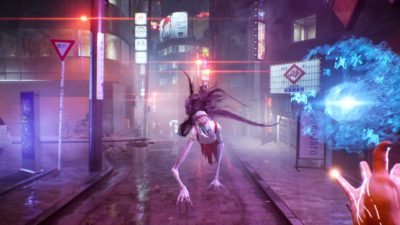
Lack of Complexity
There is no melee combat, dodging, melee weapons, or sliding. The only throwable stuff is the cards, these cards are spells in the form of cards. Ghostwire: Tokyo has a basic combat system, it has the attacks but no implementation to make it complex. There is no complexity to combat and attacks. The game needs more melee attacks and a spell combo system.
There is only one punch which is nothing more than a push. It feels bad to use this punch. There is a need for dodge and sidestep as the game is just too basic and slow on its own. Ghostwire: Tokyo game has no stealth or crouching. It is missing so many things that make it feel mechanically bad.
Parry is satisfying because it is easy and enemy attacks have a pattern. The game will not reward you for evading attacks such as parrying, stunning, and thing like that. Nearly all modern games have such mechanics. All you get are ammo for spells, ammo also drops from killing enemies.
Spells and Skills
There is also a balancing issue with spells. The wind spell is the most powerful among the three. It has more ammo, it’s quicker, and can do more damage in a short time. You will be using wind spells most of the time. There are just fire, wind, and water spells so do not expect further spell as each of the three elements are complete on its own.
All three spells are offensive. Water spell is for close combat, fire makes bombs, and the wind is for all types of combat. It is the reason that wind spells are better than the other two. Each spell can be charged and released for more damage. There is little verity in what you can do in combat.
You can block in Ghostwire: Tokyo using your hand as a shield. The skill tree will not add any new skill to your arsenal. All it does is increase the damage and stunning. So it increases the damage of attacks that you already have. It will not unlock any new move or ability.
It gets stale after a while even though enemies are paced well. You can just blast through the missions. Bosses are different but combat is the same so it is still the stale combat. All of it gets repeatable and it becomes a bland experience.
Gameplay
The graphics are not that impressive. Japanese voice acting is solid. Dialogues are not strong and they just covey the message. It has fun collectibles such as cosmetic items and beads that give some stat boost. The stat boost on these items is not too much but it still provides some advantage.
Capturing ghost Yokai adds good Japanese ghost fantasy elements in Ghostwire: Tokyo game. These things keep you busy and help you level up to make it longer. It is a first-person game so cosmetics don’t matter that much. There is only one puzzle system which is basic and not too exciting. There is a limited amount of parkour and enemy verity is low. Most enemies are the same and they are only different in the way they look.
On the PlayStation 5, you can hear some of the voices coming from the controller and base from the TV. The haptic feedback and adaptive triggers are completely integrated into the wiring mechanics. You can feel the resistance through adaptive triggers as you rip the soul from enemies. It can be discomforting since you will be doing it a lot. Just do enough damage and you can finish off enemies with wiring.
Verdict
Ghostwire: Tokyo game has a basic concept with a good setting and stylish spell. However, there is no complexity as everything is too simple. Spells have no combination and there is no melee combat. The upgrade system is too basic that only increases the damage and adds nothing new. You can use bow and traps but have to rely on spells most of the time. Do enough damage and you can rip the spirit of enemies. Spirit point will heal you as you take down enemies. Everything is just too basic with no complexity to it whatsoever.
There is no coop or multiplayer. It only has a story mode that offers no repeatability value. There are too many fillers in the open world as the game relies a lot on collectibles. Such dependence on collectibles can get in the way of fun. The open world of the game is shallow, you just have to follow Torii gates and quest icons. Torii gates can feel like open-world fillers, like the collectibles. Monsters are just big skinny and distorted versions of humans. Each monster has a core and some of the monsters have good design.
The game offers decent environmental storytelling. It has a shallow mission verity and the city does not offer much to explore. There is nothing to ride on, you would need to explore the city on foot. The presentation of the story is simple. The game has stylish combat with not many complexities. It is just a decent game and depends on what you are looking for. It all depends on what you are looking for and what you are expecting from it. The game can have a fan base and its sequel can improve on a lot of the concepts.
Support Play Ludos By Buying from Our Affiliate Links "Click Here"
Discover more from Play Ludos
Subscribe to get the latest posts sent to your email.

